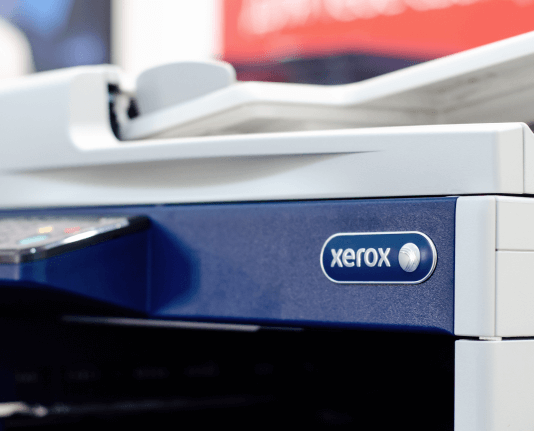Empower your business with pipeline integrity data management in United States
See airSlate SignNow eSignatures in action
Our user reviews speak for themselves






Why choose airSlate SignNow
-
Free 7-day trial. Choose the plan you need and try it risk-free.
-
Honest pricing for full-featured plans. airSlate SignNow offers subscription plans with no overages or hidden fees at renewal.
-
Enterprise-grade security. airSlate SignNow helps you comply with global security standards.

Pipeline Integrity Data Management in United States
Pipeline integrity data management in United States
By following these simple steps, you can efficiently manage your pipeline integrity data while benefiting from the features that airSlate SignNow has to offer. Don't hesitate to try out airSlate SignNow today and experience the difference it can make in your document workflow.
Sign up for a free trial now and see how airSlate SignNow can revolutionize the way you handle pipeline integrity data management.
airSlate SignNow features that users love
Get legally-binding signatures now!
FAQs online signature
-
How big is the pipeline integrity market?
Pipeline Integrity Market Outlook The global pipeline integrity market is projected to be valued at US$ 2.1 billion by 2024 and rise to US$ 3.4 billion by 2034. It is expected to grow at a CAGR of 4.7 % from 2024 to 2034. The age of many pipelines worldwide has raised concerns about their safety and reliability.
-
What is pipeline integrity management?
Pipeline Integrity Management (PIM) is the cradle-to-grave approach of understanding and operating pipelines in a safe, reliable manner.
-
What is dot 195?
Part 195: TRANSPORTATION OF HAZARDOUS LIQUIDS BY PIPELINE Below are the available interpretations and guidance for the given section.
-
What is pipeline integrity management?
Pipeline Integrity Management (PIM) is the cradle-to-grave approach of understanding and operating pipelines in a safe, reliable manner.
-
Who regulates the movement of hazardous materials through an underground pipeline in the US?
PHMSA is responsible for regulating and ensuring the safe and secure movement of hazardous materials to industry and consumers by all modes of transportation, including pipelines.
-
Which US industry code addresses pipeline integrity management for hazardous liquids pipelines?
Enhanced Content - Table of Contents § 195.452Pipeline integrity management in high consequence areas. § 195.454 Integrity assessments for certain underwater hazardous liquid pipeline facilities located in high consequence areas.
-
What is the Pipeline Safety Act of 1992?
Pipeline Safety Act of 1992 - Title I: Natural Gas Pipeline Safety - Amends the Natural Gas Pipeline Safety Act of 1968 to require: (1) Federal pipeline safety standards to meet the need for protection of the environment; and (2) corrective action when any pipeline facility is hazardous to the environment.
-
What are the issues with pipeline integrity?
Flaws in the pipeline can occur by improper processing of the metal or welding defects during its initial construction. The handling of the pipe during transportation may cause dents or buckling which compromise the pipeline.
Trusted e-signature solution — what our customers are saying
How to create outlook signature
pipeline integrity management is a very serious issue here in the US today we have over 2.3 million miles of oil and gas pipelines across the nation and so this study that we worked on is a an example of a joint academia industry and federal government type research with Arizona State University pure technologies from Calgary Alberta and the u.s. do tease pipeline and hazardous materials Safety Administration or femmes ax the idea for smart ball came from pure technologies development in the water leak detection market since 2006 they have a commercially available tool that can detect leaks and potable water lines the difference and the challenges that we had to face with oil and gas is that we had to go longer distances we had higher temperatures within the pipelines and we had higher pressures within those pipelines when you look at the context of water you're only going a few hundred feet in the detection but for oil and gas you're going for miles and miles across stations to be able to capture that type of data just last year a PG&E pipeline a natural gas pipeline in San Bruno California exploded and unfortunately there were six people that were killed 59 injured 38 houses were damaged and another were totally destroyed and another 70 were damaged this is a other reasons that we have to look at integrity management and taking a proactive role to assessing our oil and gas pipelines what makes smart ball unique is that it's a free-swimming acoustic tool meaning that it actually swims in the pipeline in any oil and gas pipeline it floats through it and it can navigate through bends and turns which is something that conventional tools can't do currently so what smart ball does is as it goes through the pipelines it has acoustic signatures and and sensors that can detect any kind of leak in those pipelines and the accuracy is within plus or minus three feet which is quite incredible when you think about the distances that you're traveling to try to pinpoint a leak and that's quite well within any kind of tolerance that would be required for leak detection in terms of the oil pipelines we can detect leaks as small as point zero three gallons per minute which once again is phenomenal and when we look at natural gas leaks appoint 706 cubic feet per minute once again those are very my new leaks that this tool is able to detect part of the research involved doing some laboratory testing we had to look and see whether this ball could navigate up inclines and the extent of that then we also went and did some field testing where we went on to real sites for example we did a project in Puerto Rico we did some projects in Texas some back in Alberta where we actually forced leaks and put the tool through and then we were able to detect exactly where those leaks were and confirm those leaves which is quite remarkable and and so we see this as a very promising technology and in the context of pipeline integrity management it's a very important tool for both public safety and also for those pipeline operators from an economic perspective
Show more


























